Elon Musk, known for founding Tesla and SpaceX, has embarked on another ambitious project called Neuralink.
This secretive brain chip company is developing technology to merge human brains with artificial intelligence. While Musk is renowned for his innovative projects, Neuralink stands out for its groundbreaking and potentially transformative approach to human-AI interaction.
Understanding Neuralink’s Vision and Technology

Neuralink’s mission involves creating advanced brain implants. Launched in 2016, the company made headlines in 2019 by unveiling flexible threads that can be implanted into the brain, along with a robot resembling a sewing machine for implantation.
These threads aim to read brain signals and allow paralyzed individuals to control devices using their thoughts.
From Paralysis Aid to AI Symbiosis: Neuralink’s Broader Goals

Neuralink’s initial focus is aiding people with paralysis. However, this is part of a larger ambition: to achieve symbiosis with artificial intelligence.
Musk envisions a future where technology assists humans in keeping pace with rapidly advancing AI, preventing humans from being left behind in the digital evolution.
Risks and Controversies Surrounding Neuralink’s Methods
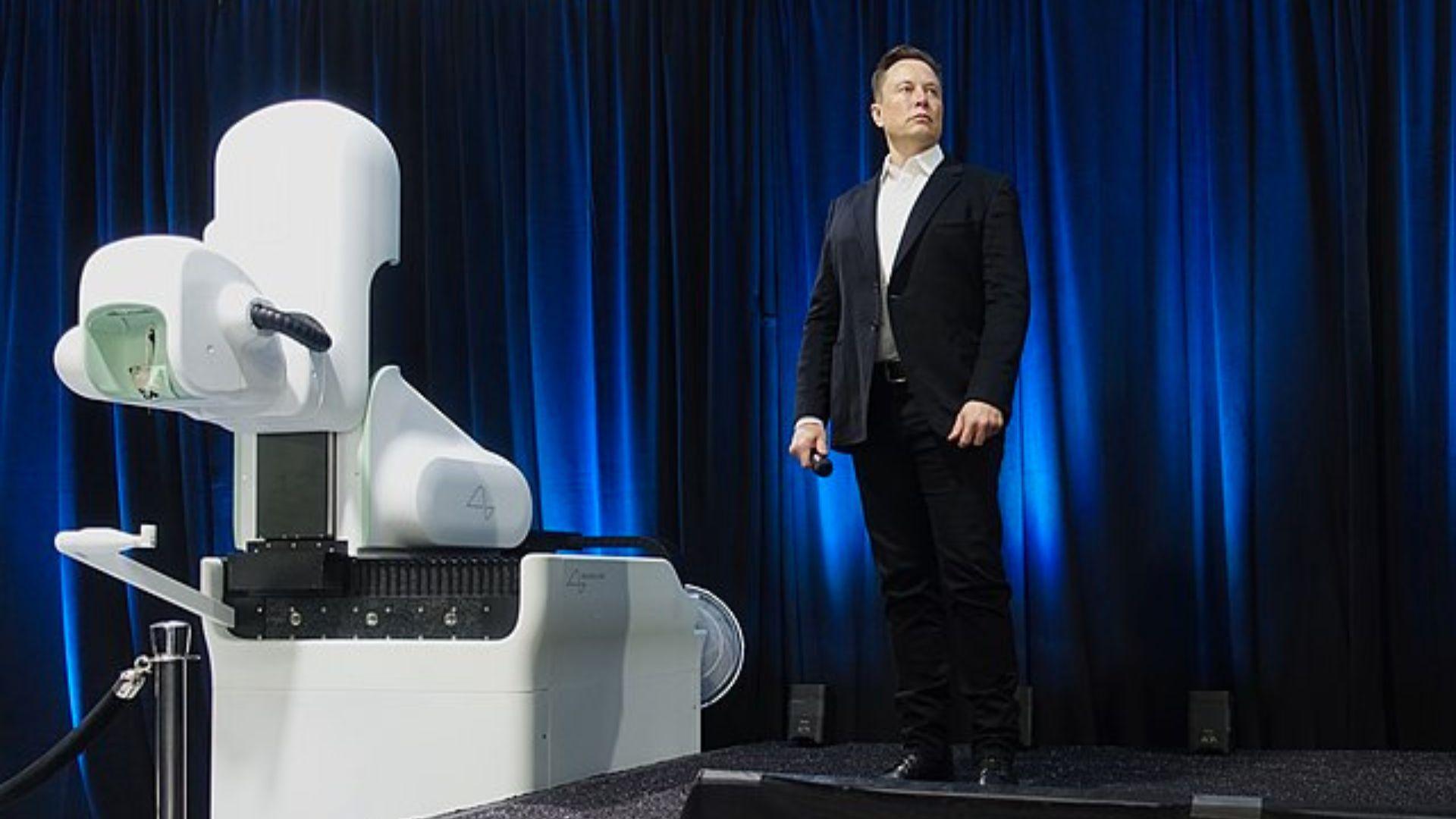
Neuralink’s approach involves invasive procedures, such as drilling into the skull and implanting electrodes directly into the brain.
This has raised concerns among former employees and experts about potential risks and brain damage. The company’s pursuit of this invasive method, as opposed to less extreme alternatives, remains a topic of debate.
Ethical Implications of Brain-Computer Interfaces
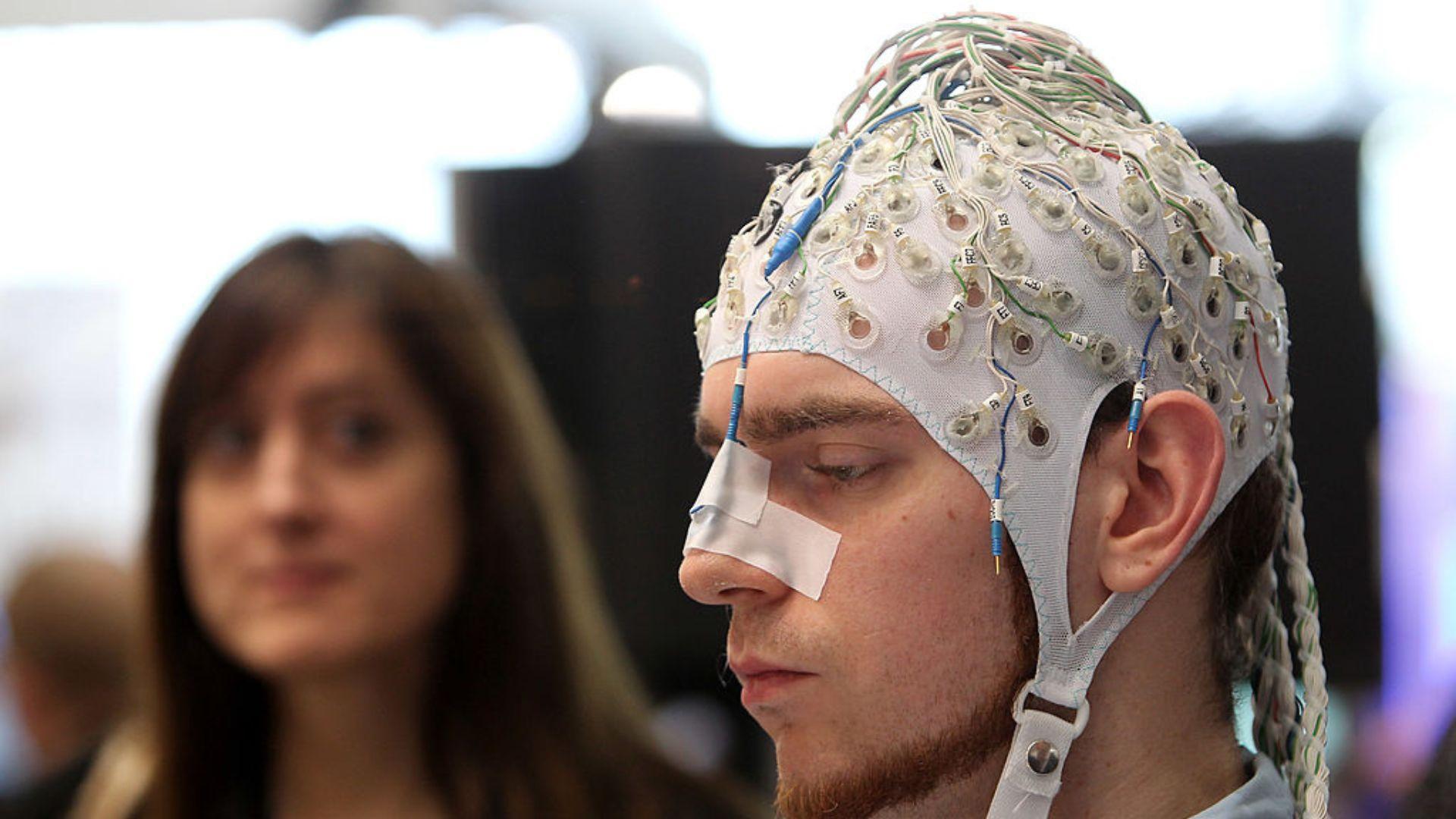
The development of brain-computer interfaces, like Neuralink’s, has broader ethical implications for society. The technology’s ability to decode thoughts raises questions about mental privacy and the potential for increased surveillance in authoritarian regimes.
These ethical considerations extend beyond Neuralink to the entire field of brain-computer interface technology.
Addressing AI’s Potential Threat

Musk’s interest in merging humans with AI stems from a concern about AI surpassing human intelligence.
He and many other tech leaders fear that advanced AI could eventually dominate humans, a concern highlighted in an open letter calling for a pause in AI development. Musk’s response to this potential threat is the integration of human and AI capabilities.
Comparing Neuralink’s Approach to Other Brain-Computer Interfaces
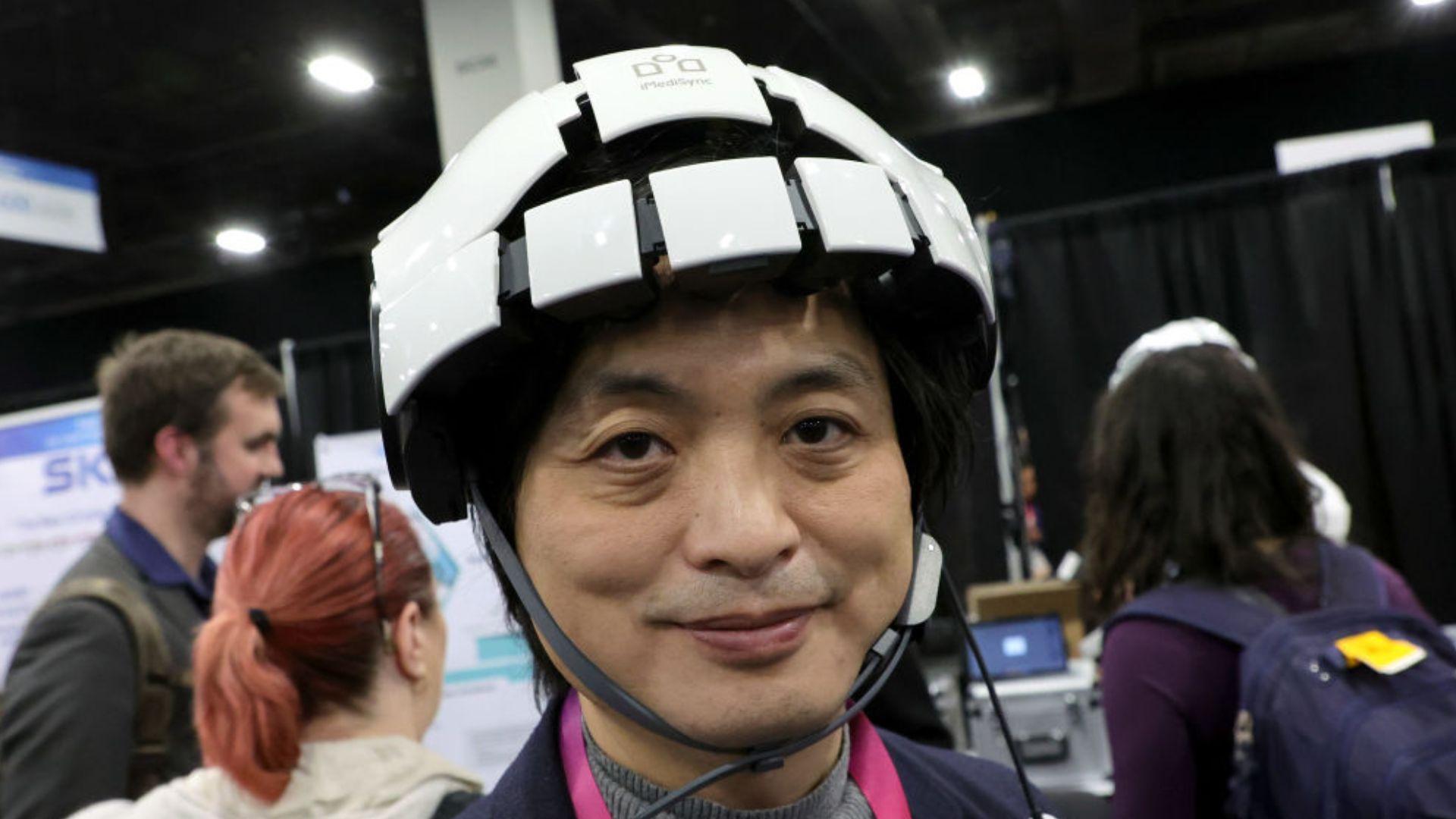
While Neuralink pursues a high-risk approach for brain-computer interfaces (BCIs), other companies are exploring safer, less invasive methods.
These companies, including Synchron and Blackrock Neurotech, are also making significant strides in the BCI field, often focusing on restoring physical capabilities without extensive surgery.
The Drive for Maximum Bandwidth in Neuralink’s Strategy

Neuralink’s strategy is heavily influenced by a pursuit of maximum bandwidth—the rate at which data is transferred from the brain to a machine.
This focus on high bandwidth is integral to Musk’s vision of seamless human-machine interaction, but it necessitates a more invasive approach compared to other BCI technologies.
Exploring Less Invasive Alternatives in Brain Technology
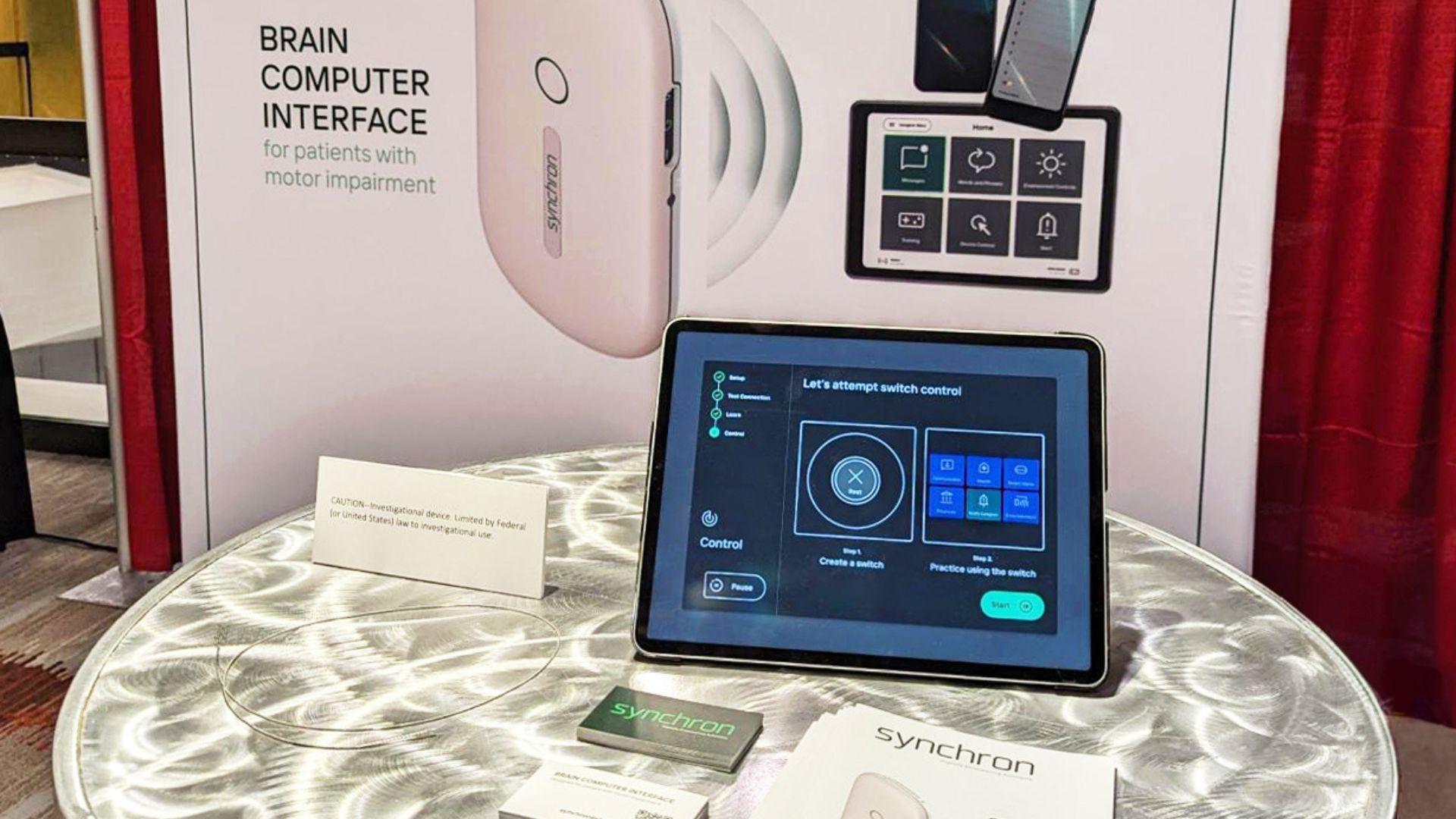
Other companies in the brain-computer interface sector are demonstrating the feasibility of less invasive technologies.
For instance, Synchron uses stent technology, which avoids open brain surgery. These companies show that significant advancements in BCI can be achieved without the risks associated with more invasive procedures like those used by Neuralink.
The Trade-Off: Technological Power Versus Safety
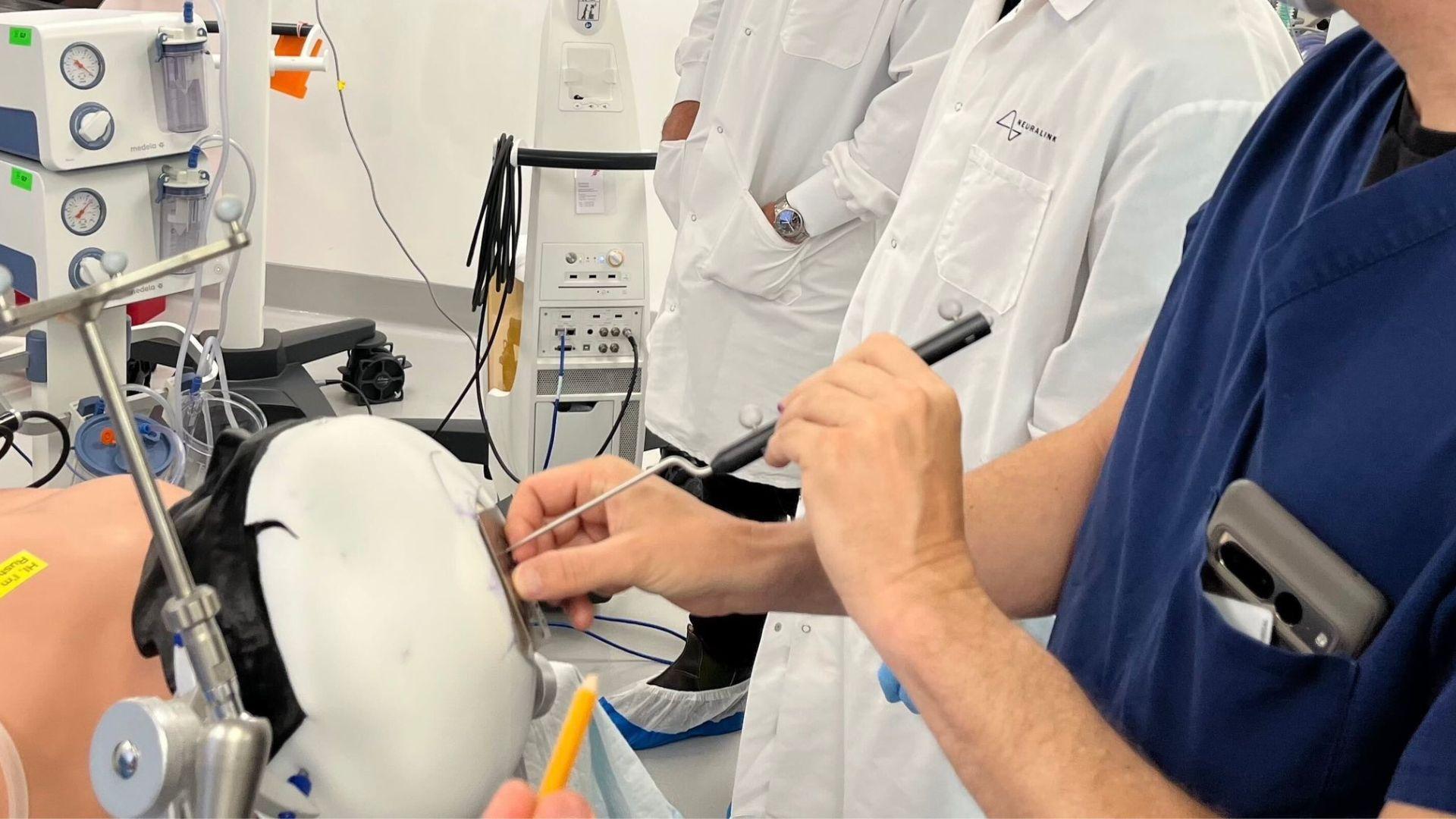
The development of BCIs involves a delicate balance between technological capability and safety.
While Neuralink aims for high-bandwidth communication between the brain and machines, other companies prioritize minimizing risk and avoiding unnecessary brain damage. This difference highlights a fundamental tension in the field between innovation and ethical responsibility.
Ethical and Safety Considerations in Neuralink’s Methods

Neuralink’s ambitious approach raises important ethical and safety concerns. The invasive nature of its technology could lead to greater risks, prompting questions about the ethical justification for such methods.
The debate centers on whether the potential benefits outweigh the risks involved in this high-stakes field of technology.
Neuralink’s Future: Navigating Uncharted Waters
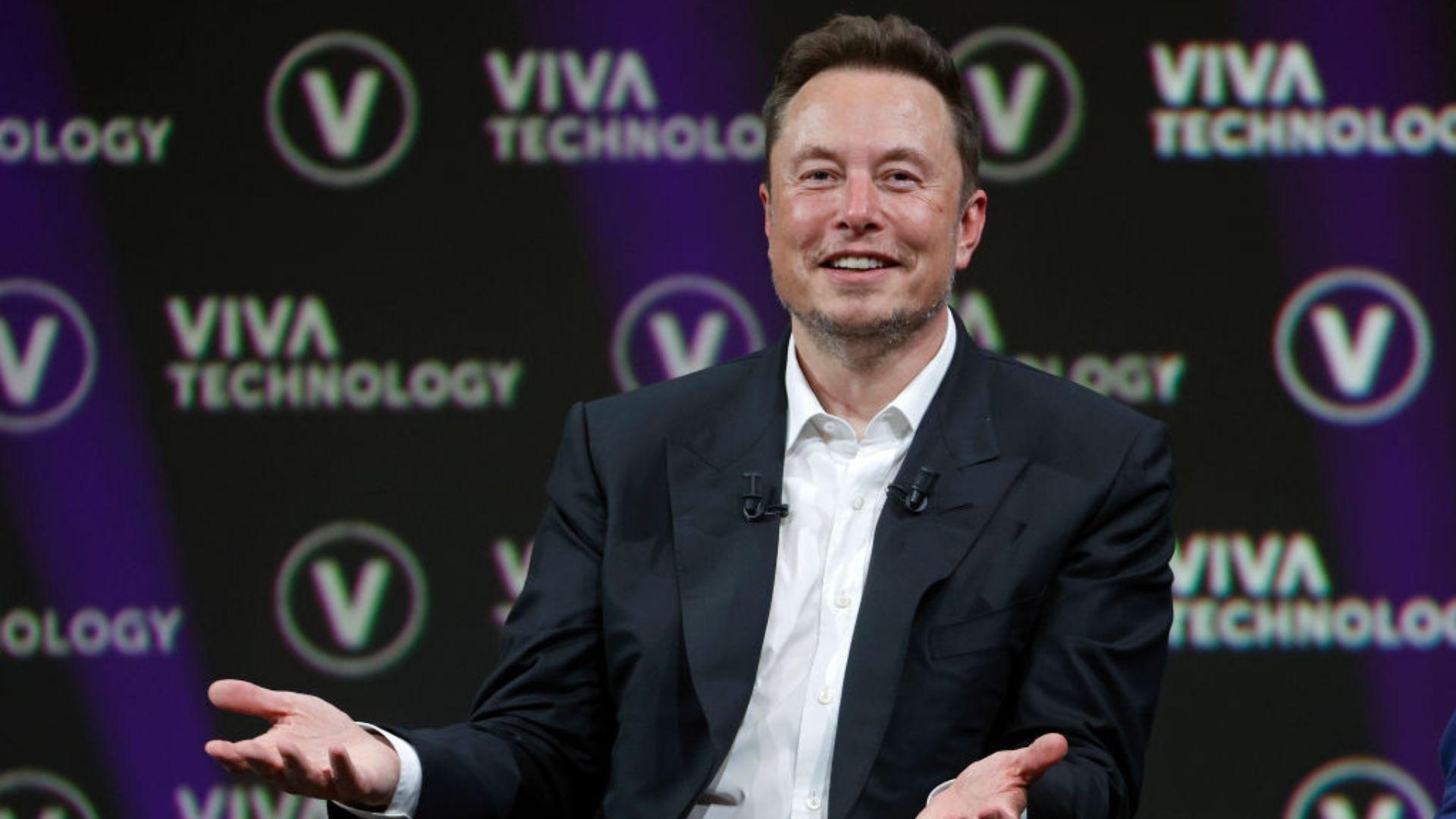
Neuralink stands at the forefront of a new era in brain technology, navigating uncharted waters in the realm of brain-AI integration.
As the company progresses, it faces both technological challenges and ethical dilemmas. The direction Neuralink takes could have far-reaching implications for the future of human-machine interaction and the broader field of neuroscience.
